There is a truism that many monser films cleave to: don't show the monster. This comes from cheap films where the monster is not well-constructed, or later in the CG era, where CG is expensive and costs a mllion bucks every minute it's on screen. Kaiju films, with few exceptions such as Cloverfield and Monsters, do not follow this. King Kong, Godzilla, even Beast from 20,000 Fathoms are proud of their monster, and the creature spends a fair amount of time on screen. This is part of what sets the Kaiju film apart from the typical monster movie. The creature is usually too big to hide, and much of the pleasure of the film comes from watching it destroy the cityscape. The monster in The Host is out in the open, in daylight, fifteen minutes into the film. The audience gets a GREAT look at it. And it is still scary afterwards.
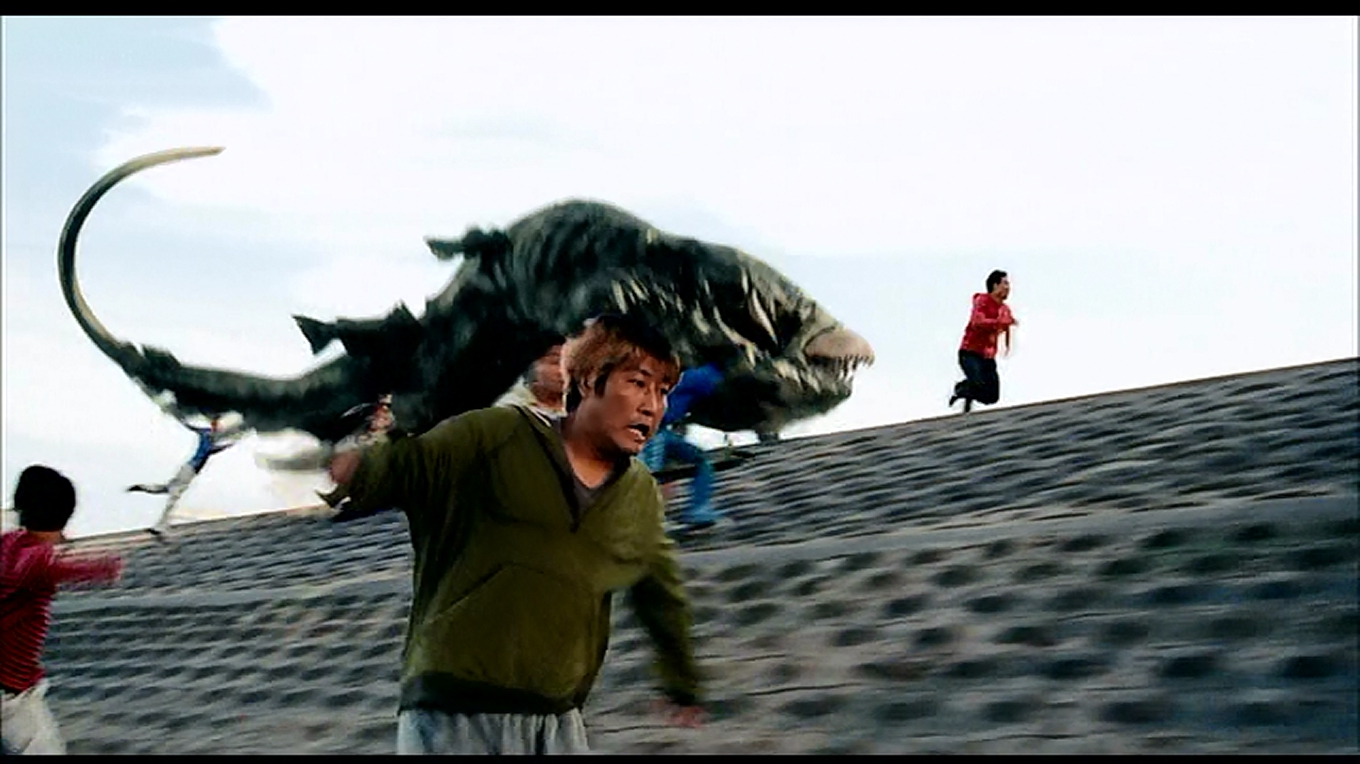
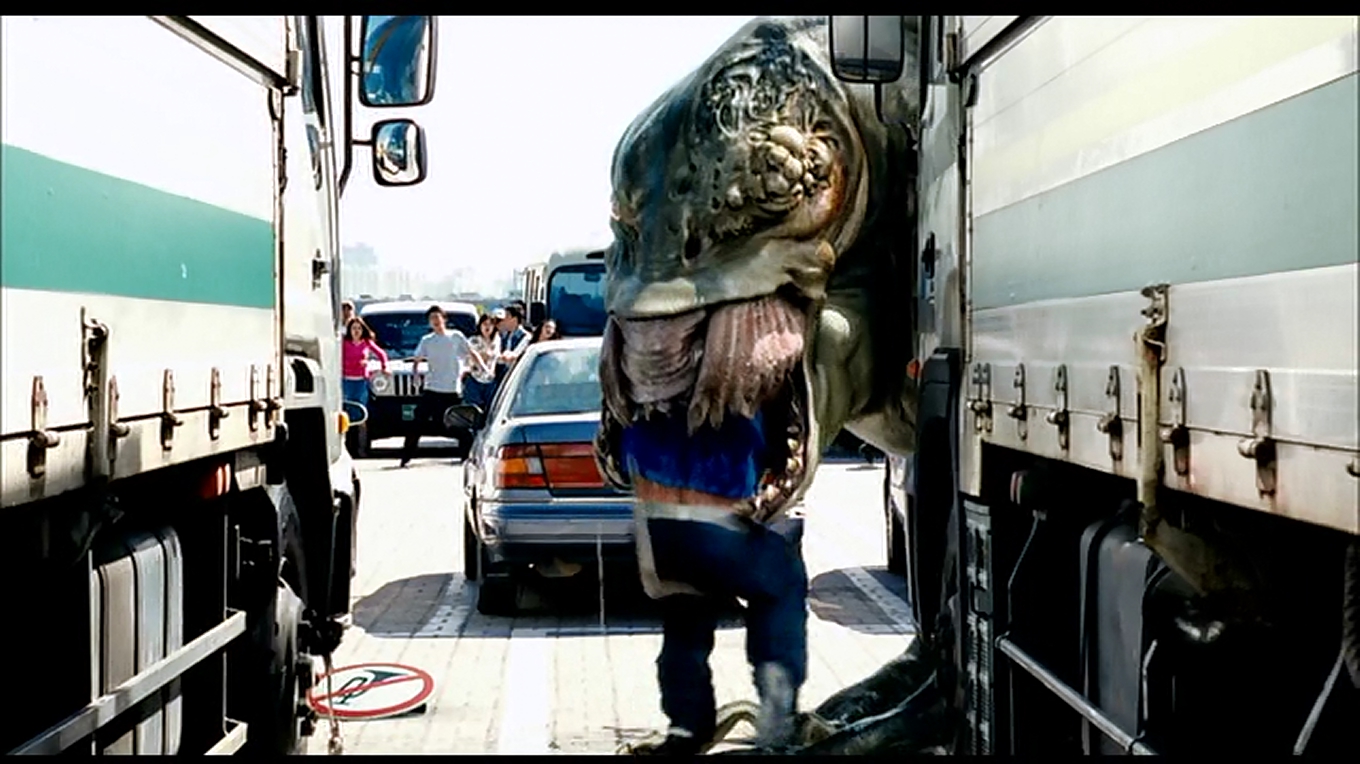
I mean, what the hell is that? Writer/director Joon-ho Bong develops every character carefully. We care about Park Gang-Doo, even though he's an emotional mess. In his commentary, Joon-ho Bong reveals that he wrote the script like a gangster film. The fear does not come entirely from how the monster looks, but from what it does. The drama is built around the abduction of Hyun-seo, not merely the horror of the monster. It it not what the greature is, but what it does that makes it horrific. He also did not approach this as a monster film, but rather as a crime drama. The search for the kidnapped Hyun-seo is the emotional center of the film, rather than the existance of the monster. This gives it a very different timber than most monster films.
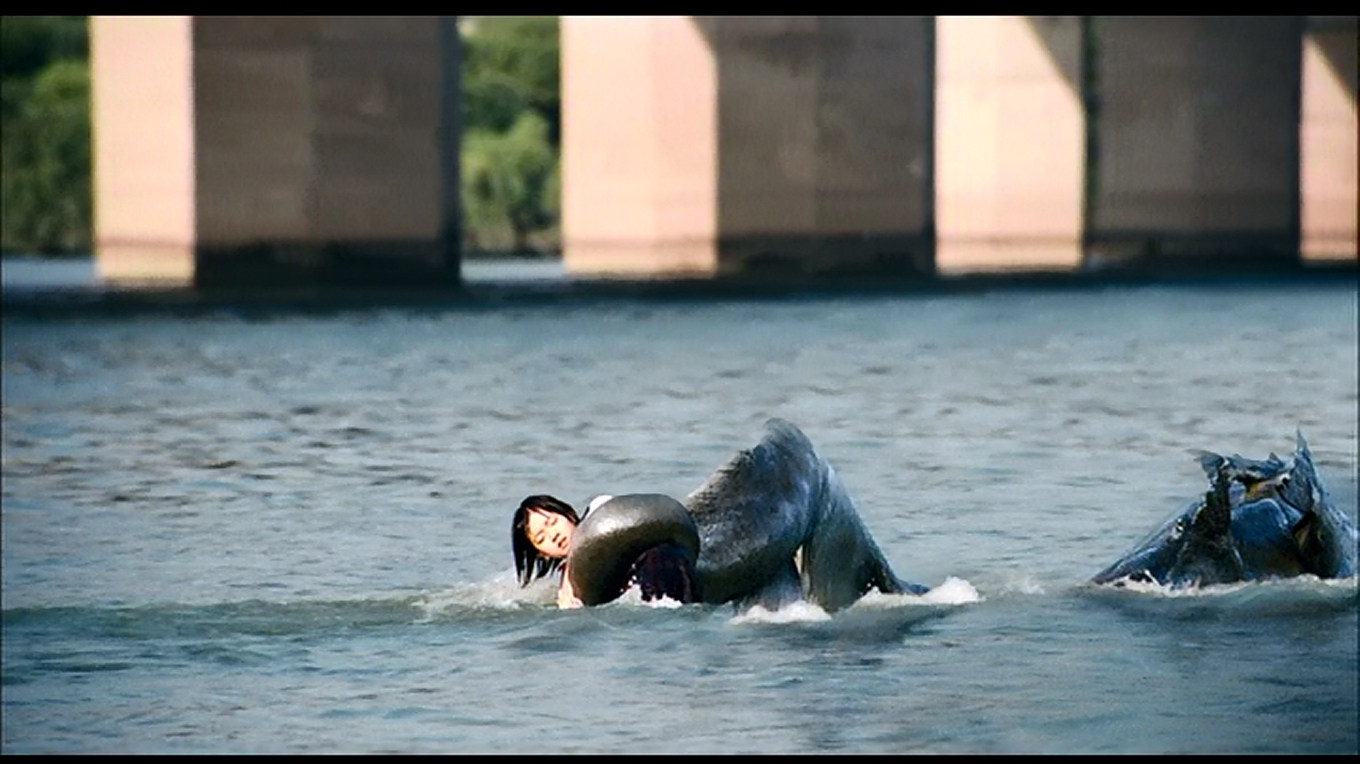
The creature's origin was inspired by an incident in Korea. Americans in a Korean base dumped a load of formaldehyde down the drain. This is how The Host begins, and although it's implied this is the origin of the creature, it not outright stated. It's intereting to see America as the center of controversy in the creation of two monster films, Godzilla, and The Host.
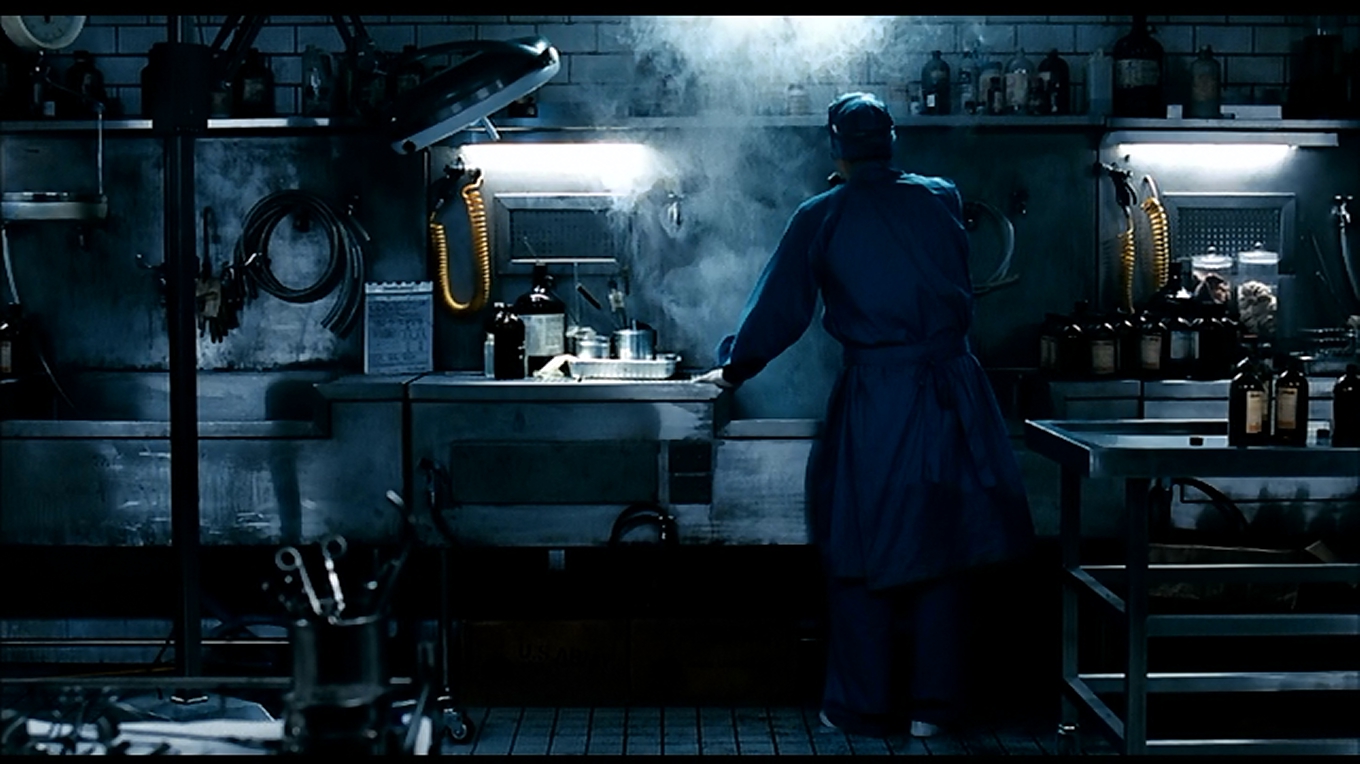
The film establishes a dark tone very early on. Five minutes in, a man about to commit suicide by jumping off the Han river bridge sees something large and dark in the water beneath him. He jumps anyway.
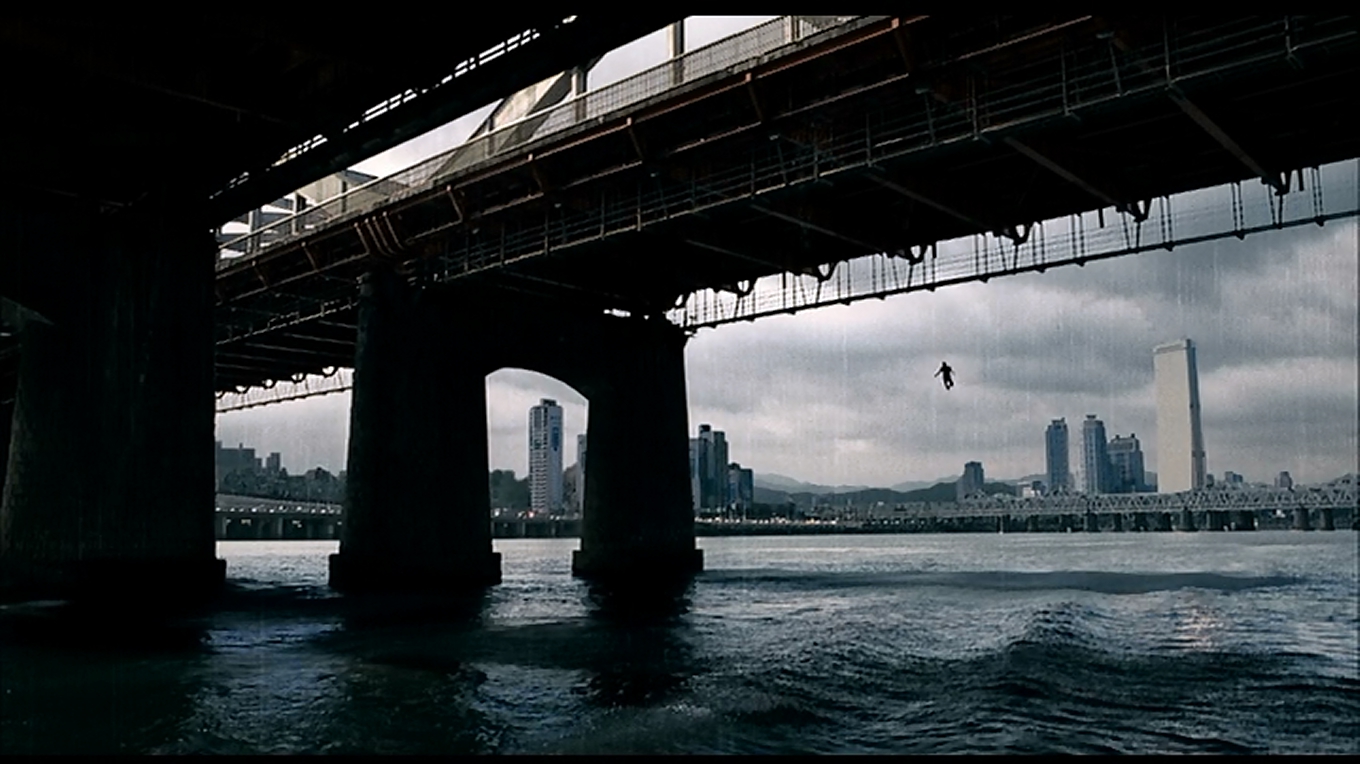
The human point of view characters are not the usual pulpy combination of military, scientist, and reporter. We are shown the Park family, three disfunctional generations of food dispensers. Hie-bong is the patriarch, father of lost twenty-something Gang-doo, a successful archer Nam-joo, and Nam-il who went to college but still can't find a job drinks too much. Gang-doo has a daughter, Hyun-seo. This is the flawed, famly that witnesses the monster's rampage. They are ordinary people, not wealthy, not prepared for emergencies. They own a food vendor on the bank of the Han river.
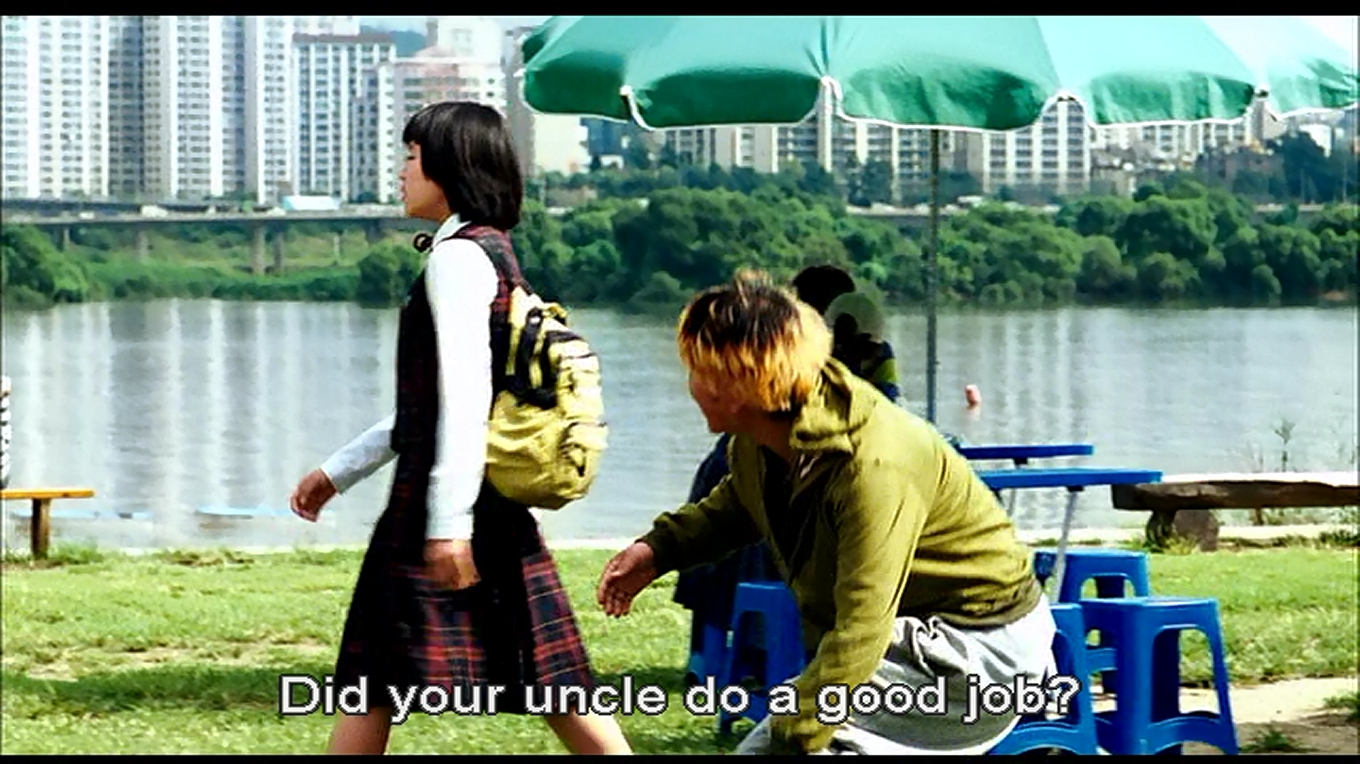
Thirteen minutes into the film, Gwoemul, the monster appears. In broad daylight, running across the riverbank. Its horror is not its appearance, but what it does. People run into a trailer, and the monster follows them. The other end of the trailer is chained shut, and we see a chilling shot of childrens' bloody hands reaching out of the trailer. They are being devoured.
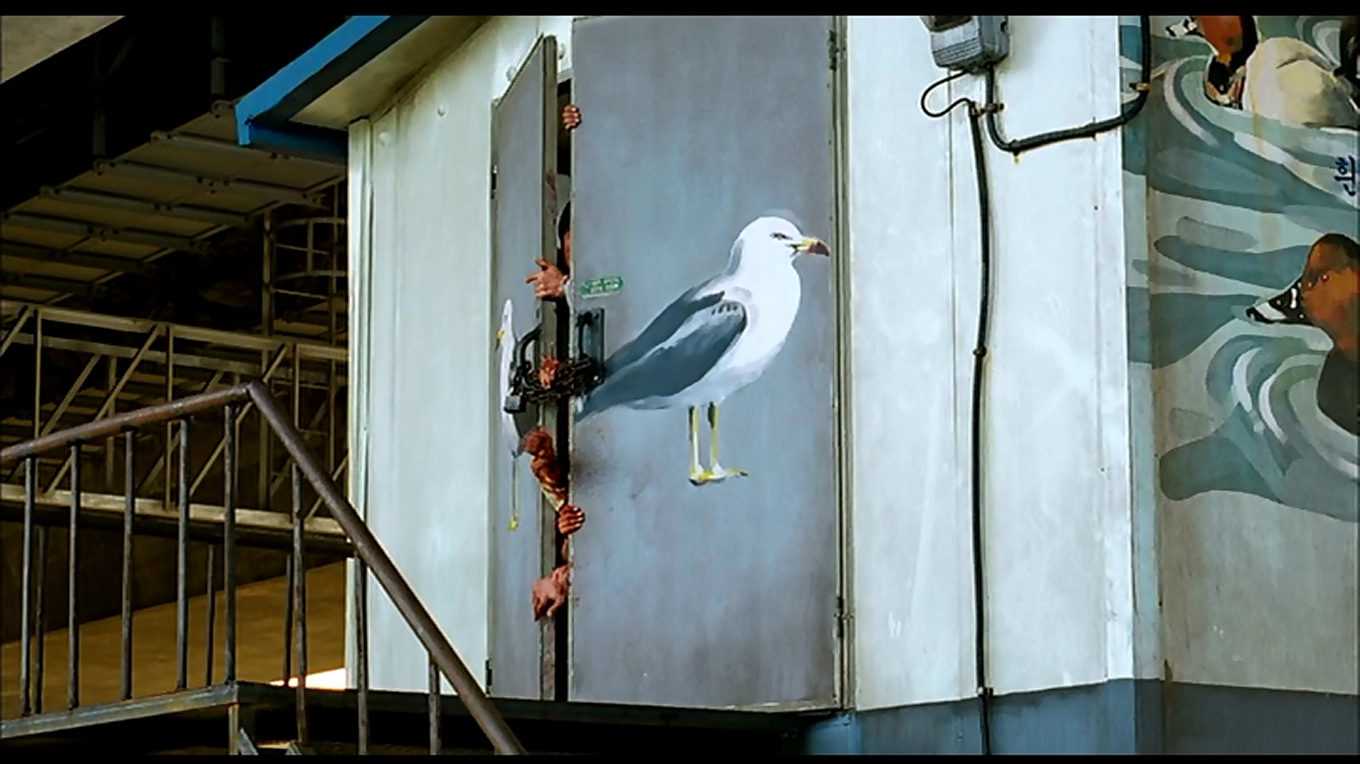
The design of the creature is fantastic. A mutant, it is swift on the land, but it stumbles often, its bulk and mode of locomotion unfamiliar to its nervous system. It is beautifully realized, feels very organic. Behavior-wise, it seems to act more like a crocodile than a fish. It eats, and sometimes holds things in its jaws or gullet, despoiting them in a larder for later consumption. Which is why Hyun-seo survives her captivity for so long.
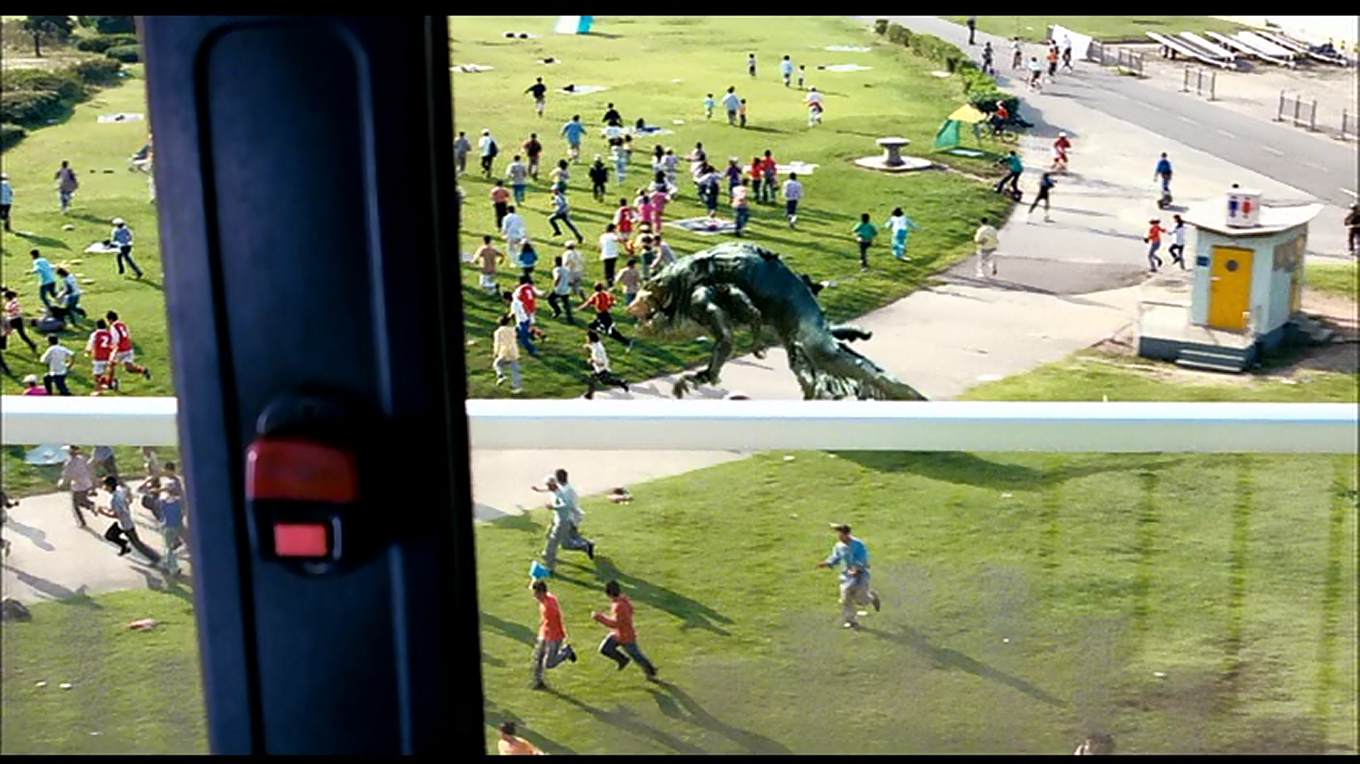
The children, Hyun-seo and another child who joins her in captivity, stand as a stark contrast to the ones in the early Gamera films. The children are its victims, not its cheerleaders.
Joon-ho Bong has an excellent sence for human drama. As crowds panic and flee the creature, Gang-doo grabs his daughter's hand and runs. He slips, falls, then grabs her hand again and keeps running. A moment later, he looks back and sees that he has grabbed the wrong hand. Hyun-seo is far behind, alone, directly in the path of the creature. It's a terrifying moment, a parent's worst nightmare, and the actor's slack-faced horror at his mistake is perfect.

The film now has stakes. The Park family must rescue Hyun-seo. Because the characters are presented in a naturalistic way, we sympathize with them. We want them to get their girl back.
Ishiro Honda made the military useless in his films, and some of that is present here. The government and military are not merely ineffectual, they are part of the problem. Suspecting a nonexistant disease, possible an homage to Beast from 20,000 Fathoms, in which the monster carries a prehistoric plague, a quarranine is set up for everyone who has been in contact with the creature. The quarrantine only inhibits the Park family's attempts to find the creature and rescue Hyun-seo. When Gang-Doo receieves a call from Hyun-seo in the middle of the night, he receicves no help from the authorities. It was a dream, he is told. The government's response is useless, trying to fog the area where the monster was last seen. The news of the disease comes from the Americans, and is swallowed wholesale by the Korean government.
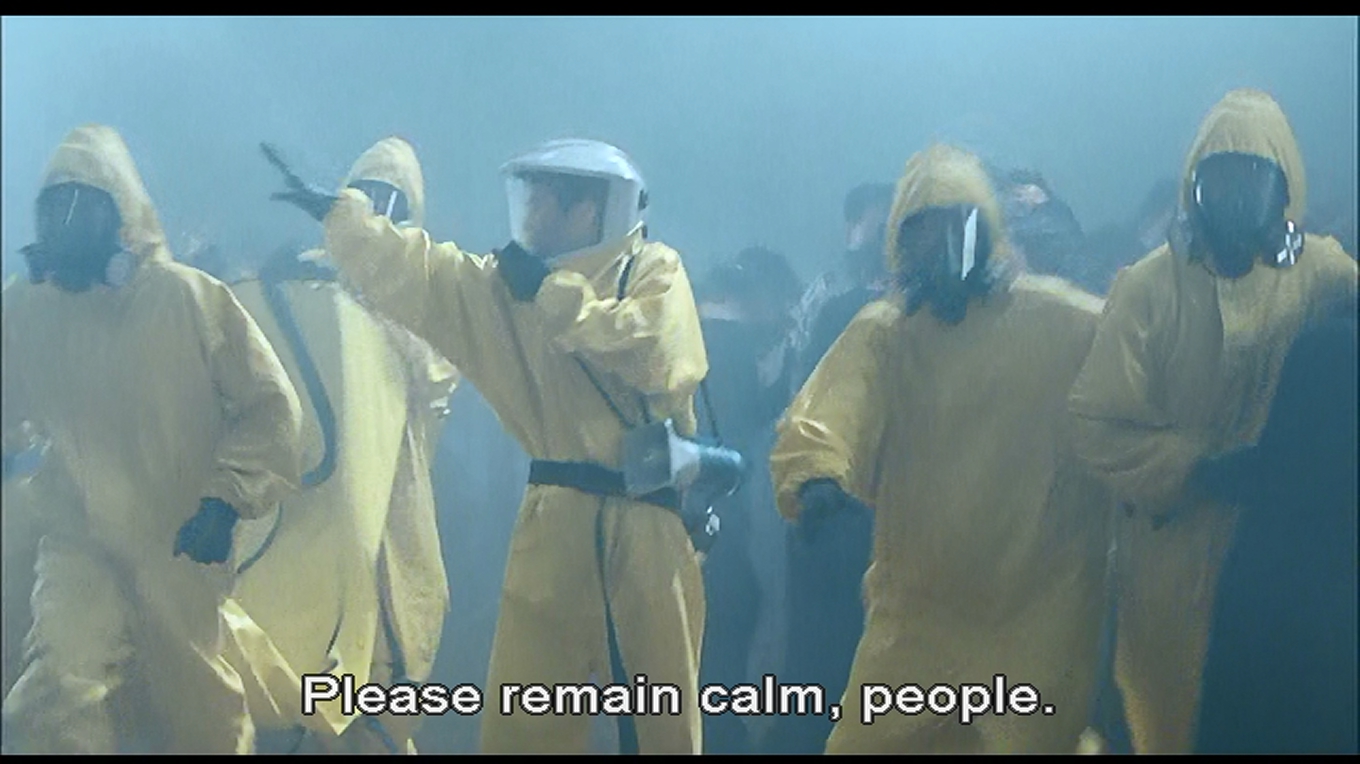
Later, attempting to destroy the virus that doesn't exist, the Americans deploy "Agent Yellow" a biological deence fog, which sounds suspiciously lke Agent Orange, a defoliant used in Korea. In 1999, the Korean government failed in a lawsuit on behalf of the soldiers who were exposed to Agent Orange, but in 2006, as this film was being made, Dow Chemical and Monsanto paid $62 million in compensation due to the link between the chemcal and several forms of cancer. And with the Agent Yellow announcement made over stock footage of American military operations.
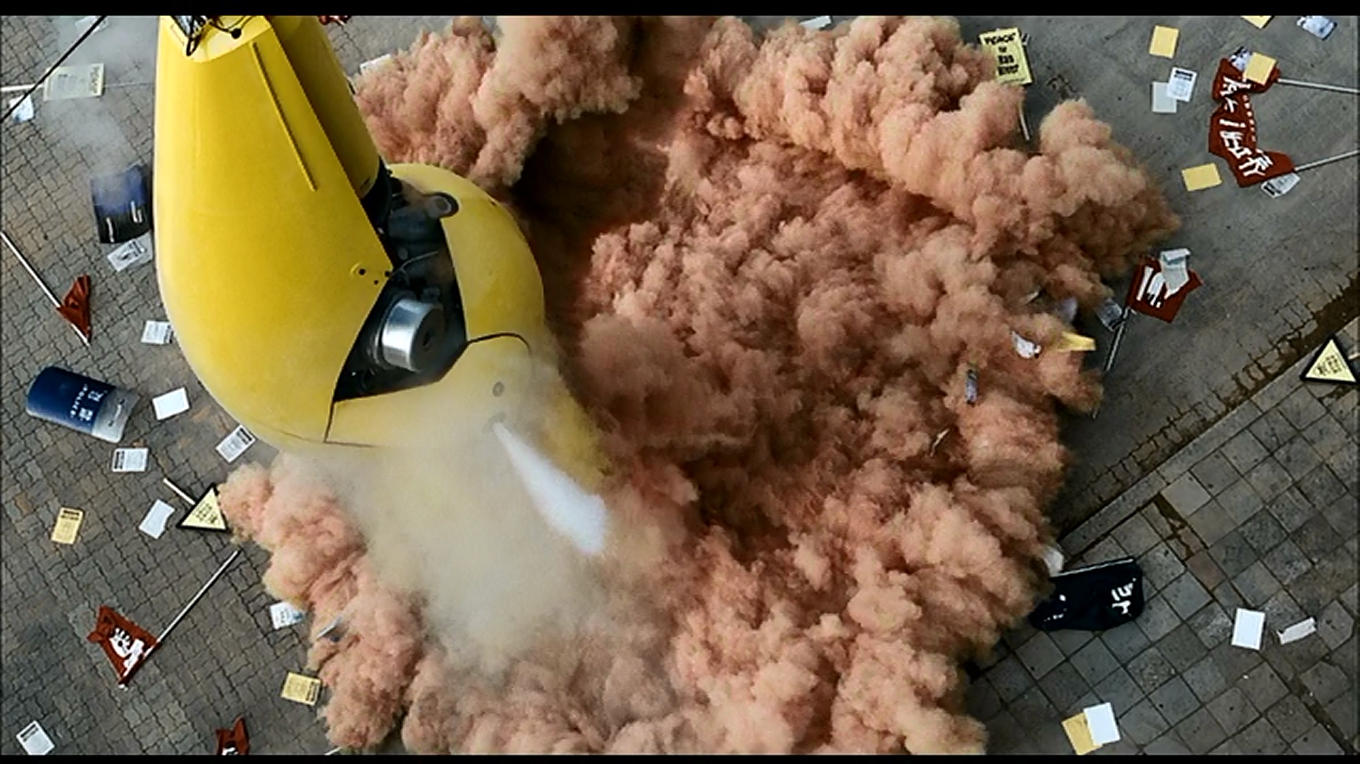
Later, an American confesses, believing that Gan-do doesn't speak English, that there is no virus. So all of these preparations are for something that does not exist. The medical people drill into Gang-doo's head on the Americans' say-so. Even though there is no virus.

Agent Yellow might actually work, as it anesthetizes the monster, but it does not kill it. But while it's down, Gang-doo pulls Hyun-seo from the monster's gullet. She is dead.
But the monster isn't. It takes the combined effort of the three siblings. Nam-il throws molotov cocktails, and Nam-joo fires a burning arrow into the fuel-covered monster's eye. Gang-doo, in a moment of dragonslayer-like determination, spears the creature with a signpost, preventing it from reaching water to extinguish itself.
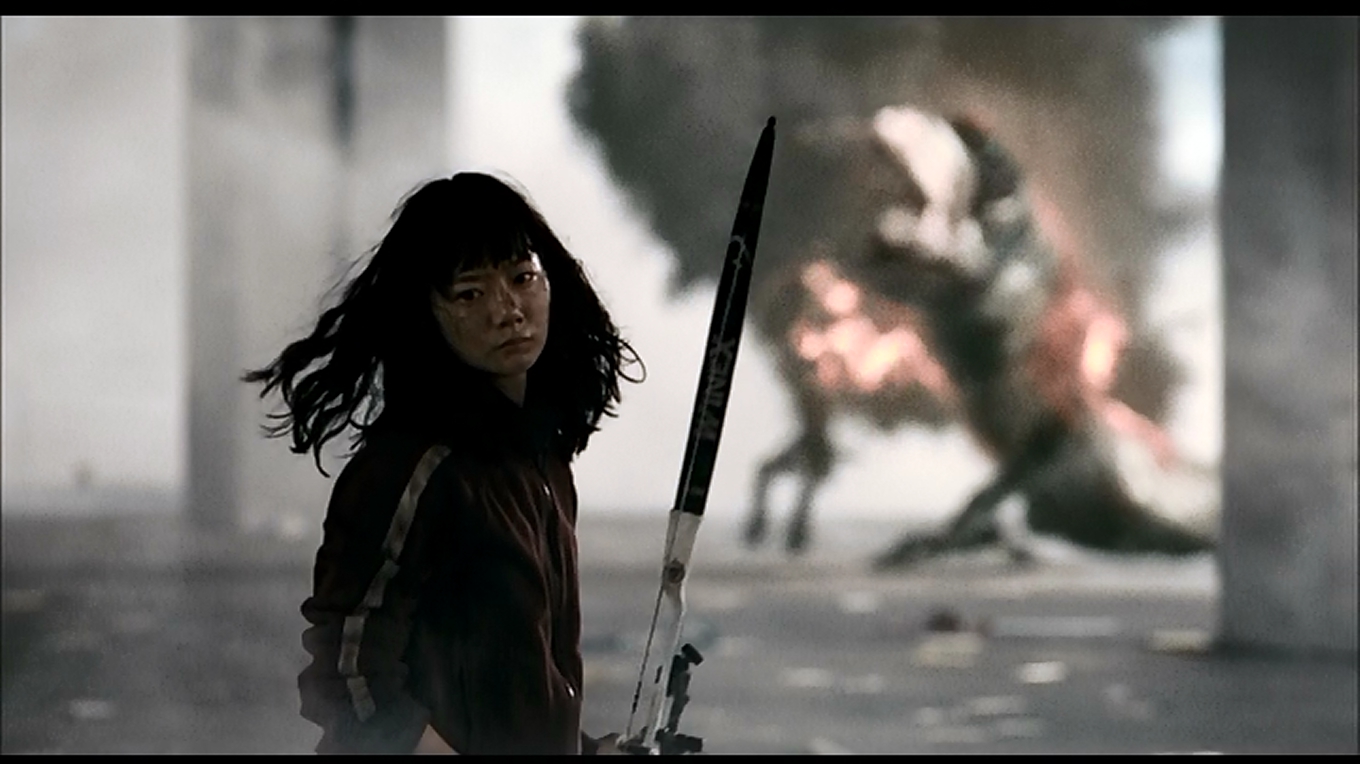
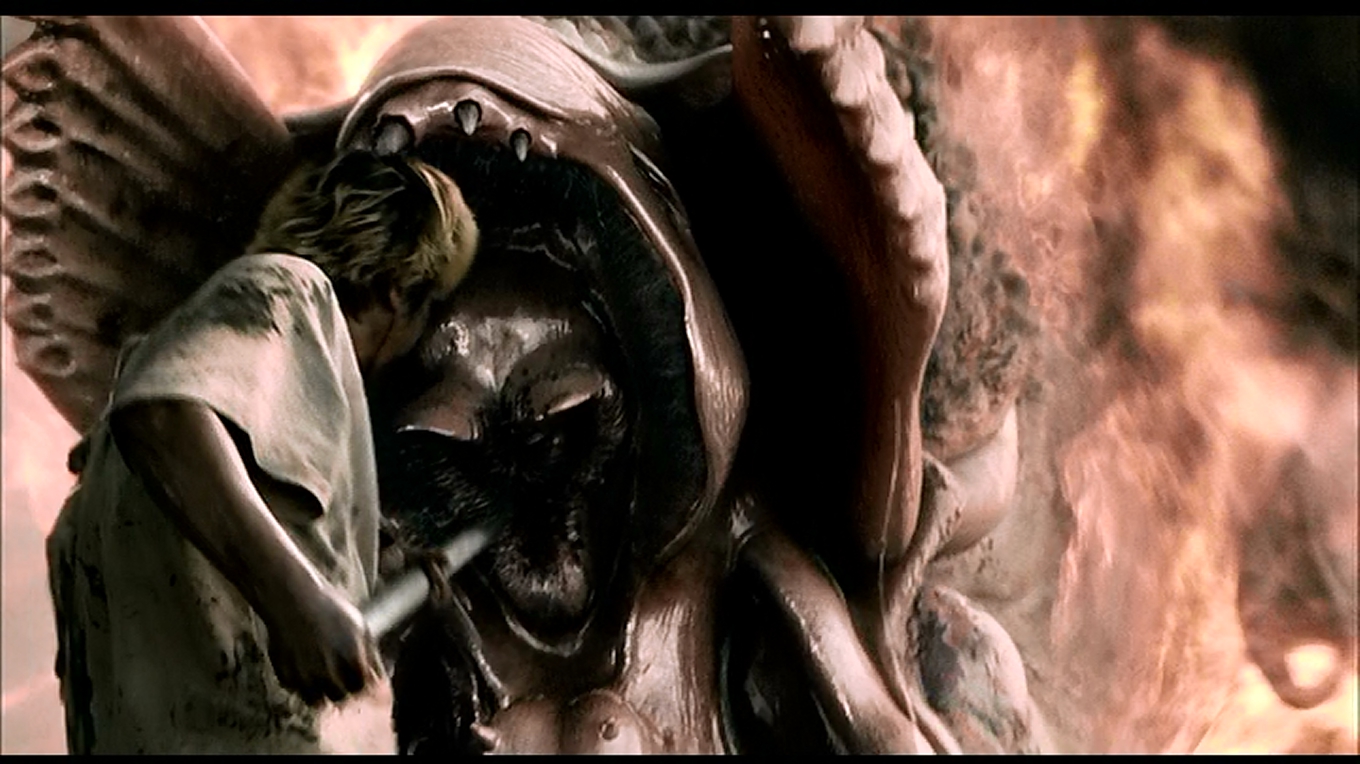
The Host is a complex film, with a little comedy to leaven the tragedy and tension. The emotional beats are a lttle bit off for me because I am an American, specifically a Nerw Englander, and long scenes of people tearing at themselves at a funeral make me uncomfortable. But the drama is excellent, every Chekov's Gun (Nam-joo's archery, the fact that the creature turns its head up in the rain) is set up well and pays off. I klove the fact that it brings fresh ideas to the genre. The monster is treated like a character, in fact director Joon-ho Bong nicknamed it Steve Buscemi. By making it a character rather than a plot point, investing the creature with motivations, even if they are simply to find food and a place to live undisturbed, he makes the creature more real. And while that's not something that is necessary in the Godzilla fracnhise, as David Kalat points out, Godzilla is intended to be more fabulous than 'realistic' it is nice to get away from the usual tired tropes. Future monster film makers could learn from Joon-ho Bong's approach.
A sequel, The Host 2 has been in production for a long time. There's even a teaser with some effects on it from 2012. But it's not out yet.
1 comment:
It can be considered a Kaiju, since the term literally translates to "strange creature". Daikaiju is the term for giant monster, which the creature isn't.
Anyway, good review. A few spelling errors here and there, but good nonetheless.
Post a Comment